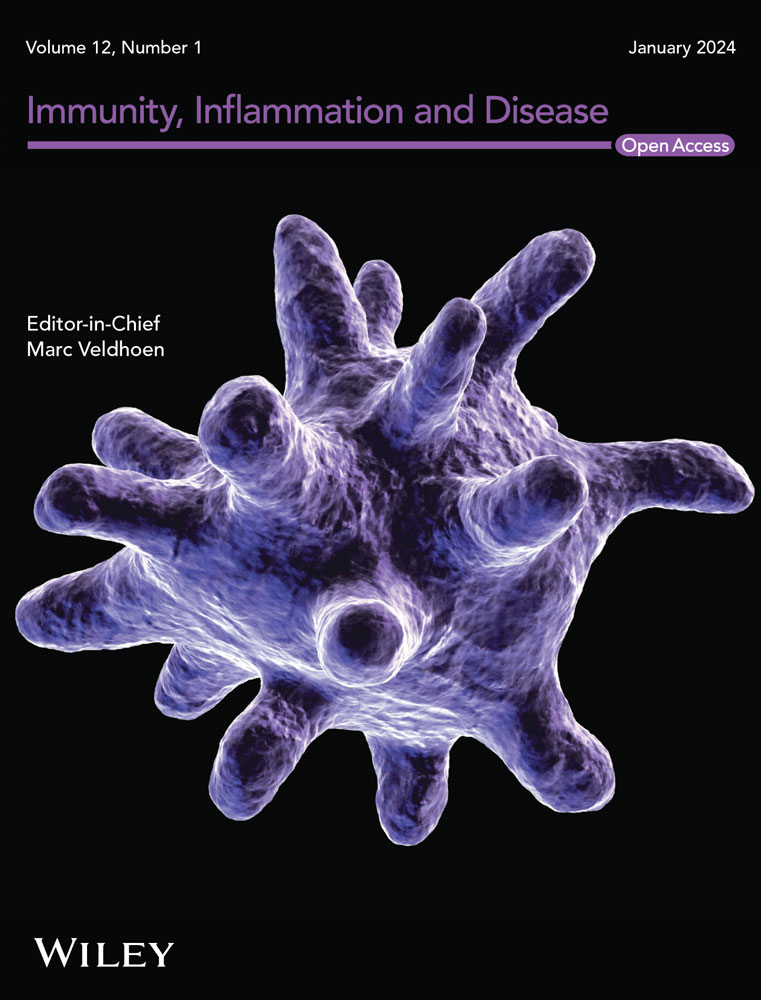Serum Levels of 54 Cytokines and Chemokines Reveal Distinct Inflammatory Signatures in Ankylosing Spondylitis
Abstract
Background
Ankylosing spondylitis (AS) is a chronic autoimmune inflammatory disorder predominantly involving the axial skeleton. Understanding the cytokine and chemokine signatures in AS is crucial for elucidating disease mechanisms and identifying potential diagnostic biomarkers.
Methods
Serum samples from 31 AS patients and 20 age-matched healthy controls (HCs) were analyzed. The concentrations of 54 cytokines, chemokines, and angiogenesis-related factors were measured using a Meso Scale Discovery (MSD) electrochemiluminescence immunoassay. Data analysis included statistical comparison of serum cytokine levels, heatmap clustering, principal component analysis (PCA), and receiver operating characteristic (ROC) curve analysis. Validation was performed using peripheral blood mononuclear cells (PBMCs) from SKG mice, a spontaneous animal model of AS, through quantitative real-time PCR.
Results
Compared with HCs, AS patients showed significantly higher serum concentrations of 12 cytokines (TNF-α, TNF-β, IL-17A, IL-17D, VEGFA, ICAM1, SAA, IP-10/CXCL10, MIP-3α/CCL20, sFlt-1/VEGFR-1, CRP, and MCP-4/CCL13) and significantly lower concentrations of nine cytokines (IL-4, IL-8, IL-17C, MIP-1α/CCL3, eotaxin-3/CCL26, PlGF, VEGF-C, VEGF-D, and bFGF) (all p < 0.05). Heatmap clustering and PCA demonstrated a clear separation between AS patients and HCs. ROC curve analysis showed excellent diagnostic accuracy for IP-10/CXCL10 (AUC = 1.00), VEGF-D (AUC = 0.98), IL-17A (AUC = 0.87), TNF-α (AUC = 0.85), and ICAM1 (AUC = 0.84). Positive correlations were observed between IL-17A and MIP-3α/CCL20, and between VEGFA and sFlt-1, indicating coordinated inflammatory and angiogenic pathways. Validation experiments in SKG mice confirmed elevated IP-10/CXCL10 and reduced VEGF-D expression, supporting cross-species relevance.
Conclusions
This study identified distinct cytokine and chemokine profiles in AS patients. IP-10/CXCL10 and VEGF-D emerged as promising diagnostic biomarkers with high discriminatory power. Several previously unreported immune mediators were also highlighted. These findings provide new insights into AS pathogenesis and suggest potential targets for future therapeutic interventions.


 求助内容:
求助内容: 应助结果提醒方式:
应助结果提醒方式:


